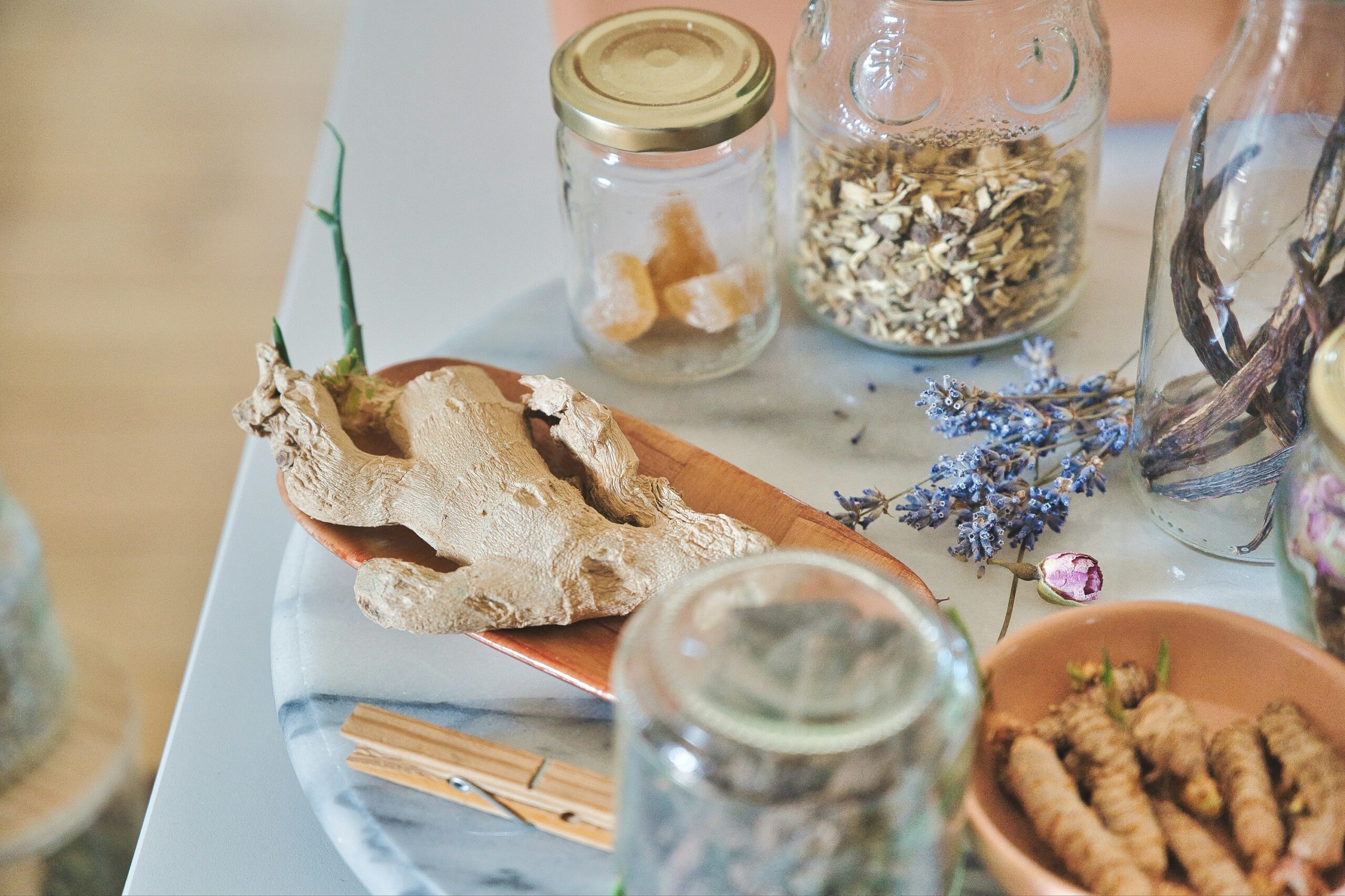When it comes to cooking, Jamaican herbs and spices are essential ingredients that enhance the flavor and aroma of dishes. While the two terms are often used interchangeably, they have distinct differences. Understanding these differences can help you make better culinary choices and even improve your home garden. Let’s dive into the key distinctions between Jamaican herbs and spices.
What Are Jamaican Herbs?
Jamaican herbs come from the leafy green parts of plants and are often used fresh or dried. They are typically derived from plants that grow in the island’s tropical climate and are known for their fragrant, flavorful leaves. Some common Jamaican herbs include:
- Thyme – A staple in Jamaican cuisine, thyme is used in stews, soups, and meats, adding a distinct earthy and slightly minty flavor.
- Scotch Bonnet Pepper Leaves – While the pepper itself is fiery, the leaves can be used in soups and broths for a milder heat.
- Cerasee – Commonly used for medicinal purposes, cerasee has a bitter taste and is often brewed into tea.
- Basil (Jamaican Basil) – Similar to its Italian counterpart but with a more intense flavor, Jamaican basil is often used in seafood dishes.
- Pimento Leaves – These leaves, from the allspice tree, provide a mild, aromatic flavor when used in cooking.
Since herbs come from the softer parts of plants, they are often added at the end of cooking to preserve their delicate flavors. Fresh herbs are commonly found in Jamaican home gardens and can be easily grown in pots or backyard spaces.
What Are Jamaican Spices?
Jamaican spices, on the other hand, come from different parts of a plant, such as seeds, bark, roots, and fruits. They tend to have a more concentrated flavor compared to herbs and are often used in smaller quantities. Spices generally come from plants that thrive in Jamaica’s warm, tropical climate. Some well-known Jamaican spices include:
- Pimento (Allspice) – One of the most important spices in Jamaican cuisine, pimento has a flavor profile that combines cinnamon, nutmeg, and cloves.
- Nutmeg – Often used in desserts and beverages, nutmeg has a warm, slightly sweet taste.
- Ginger – A key ingredient in Jamaican cooking, ginger adds a zesty, slightly spicy flavor to both sweet and savory dishes.
- Turmeric – Known for its bright yellow color and earthy, slightly bitter taste, turmeric is used in curries and health remedies.
- Cinnamon – Commonly used in baking and porridge, cinnamon has a warm, sweet aroma that enhances many traditional dishes.
Unlike herbs, spices are typically added earlier in the cooking process to allow their flavors to fully develop.
Key Differences Between Jamaican Herbs and Spices
| Feature | Herbs | Spices |
|---|---|---|
| Part of the plant used | Leaves | Seeds, bark, roots, fruits |
| Flavor intensity | Mild and fresh | Strong and concentrated |
| Used fresh or dried | Commonly fresh or dried | Mostly dried |
| Common climate | Tropical regions | Tropical regions |
| Culinary use | Added towards the end of cooking | Added earlier for deeper flavor |
How Jamaican Herbs and Spices Work Together
While Jamaican herbs and spices have distinct roles, they often work together to create complex and delicious flavors. For example, in jerk seasoning, thyme (an herb) pairs beautifully with pimento (a spice) to create the signature taste of Jamaican cuisine. In traditional soups, fresh ginger (a spice) enhances the flavor of Scotch bonnet pepper leaves (an herb).
Conclusion
Understanding the difference between Jamaican herbs and spices can elevate your cooking skills and help you experiment with new flavors. Whether you’re using fresh thyme from your garden or adding a pinch of nutmeg to a dessert, both herbs and spices play a crucial role in making Jamaican meals more enjoyable. The next time you’re in the kitchen, consider how these powerful ingredients work together to enhance your dishes!


